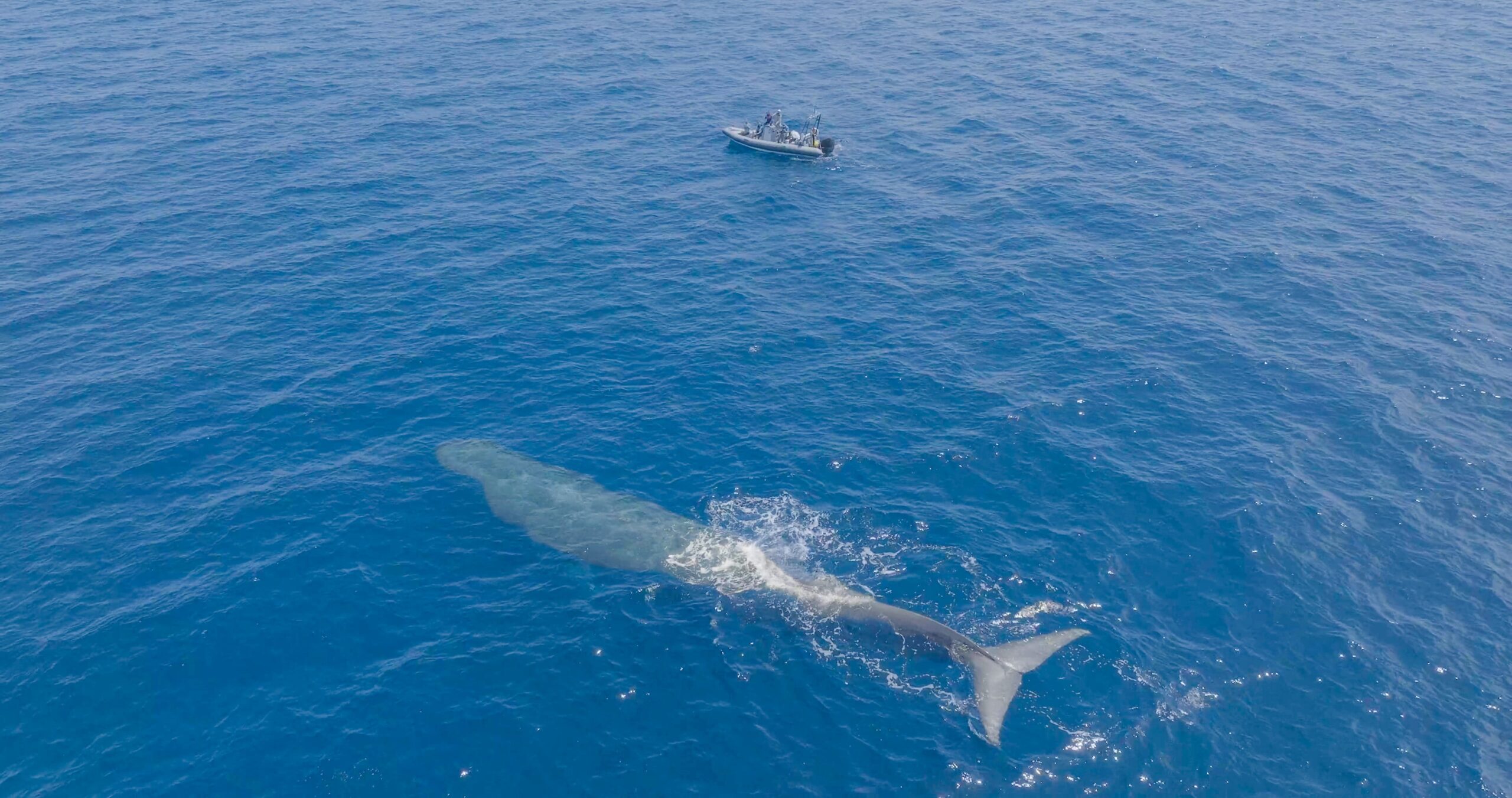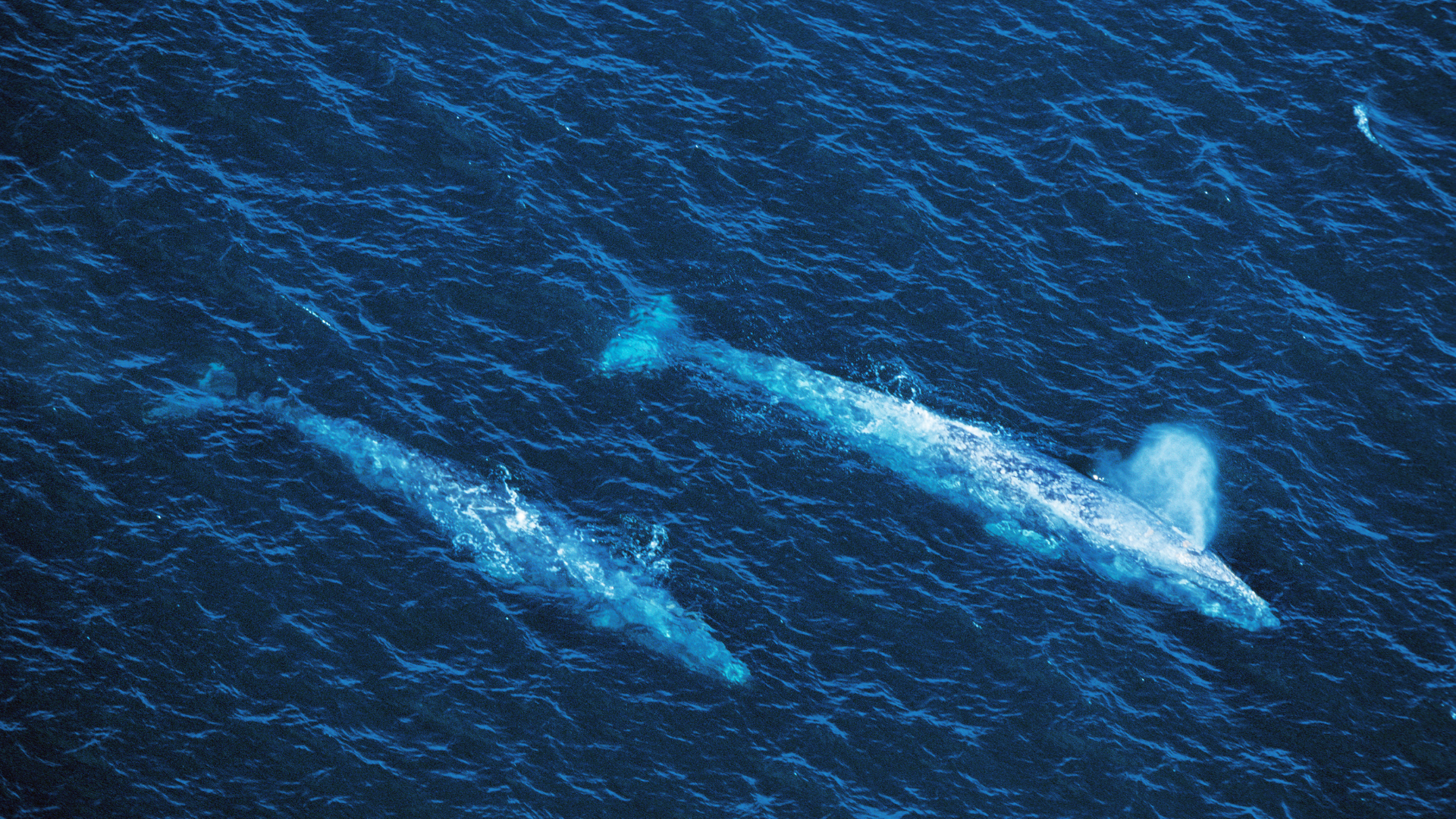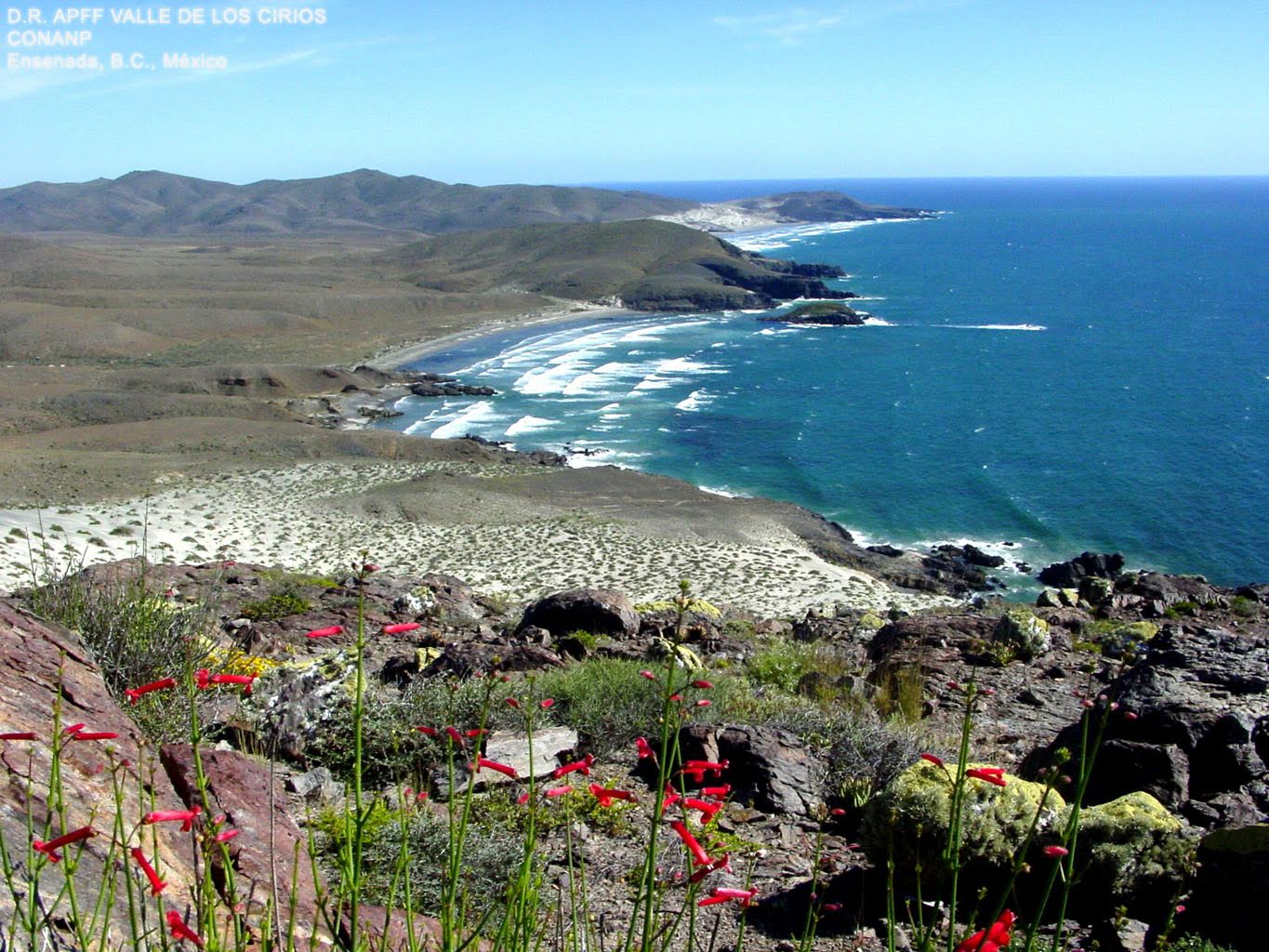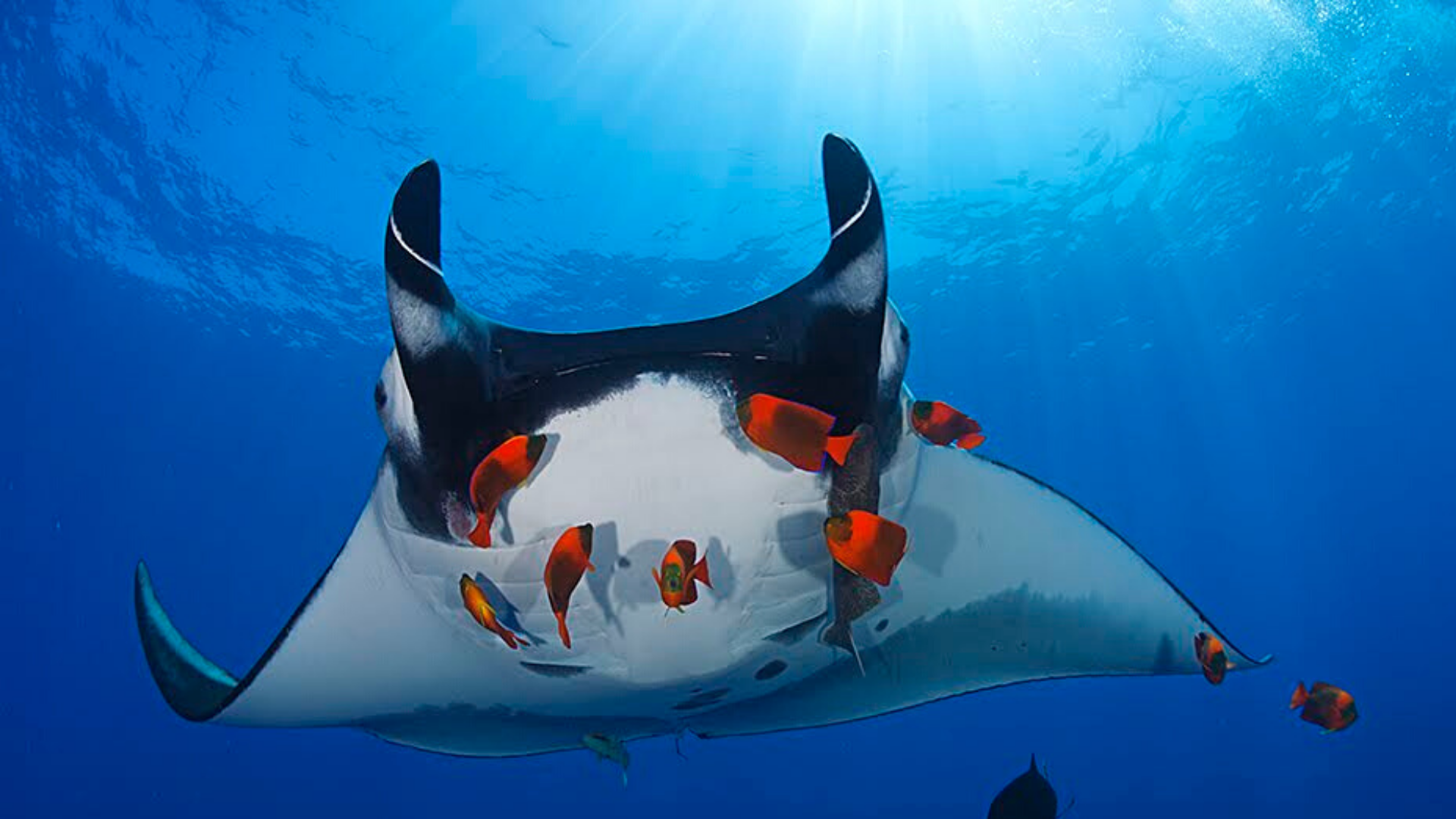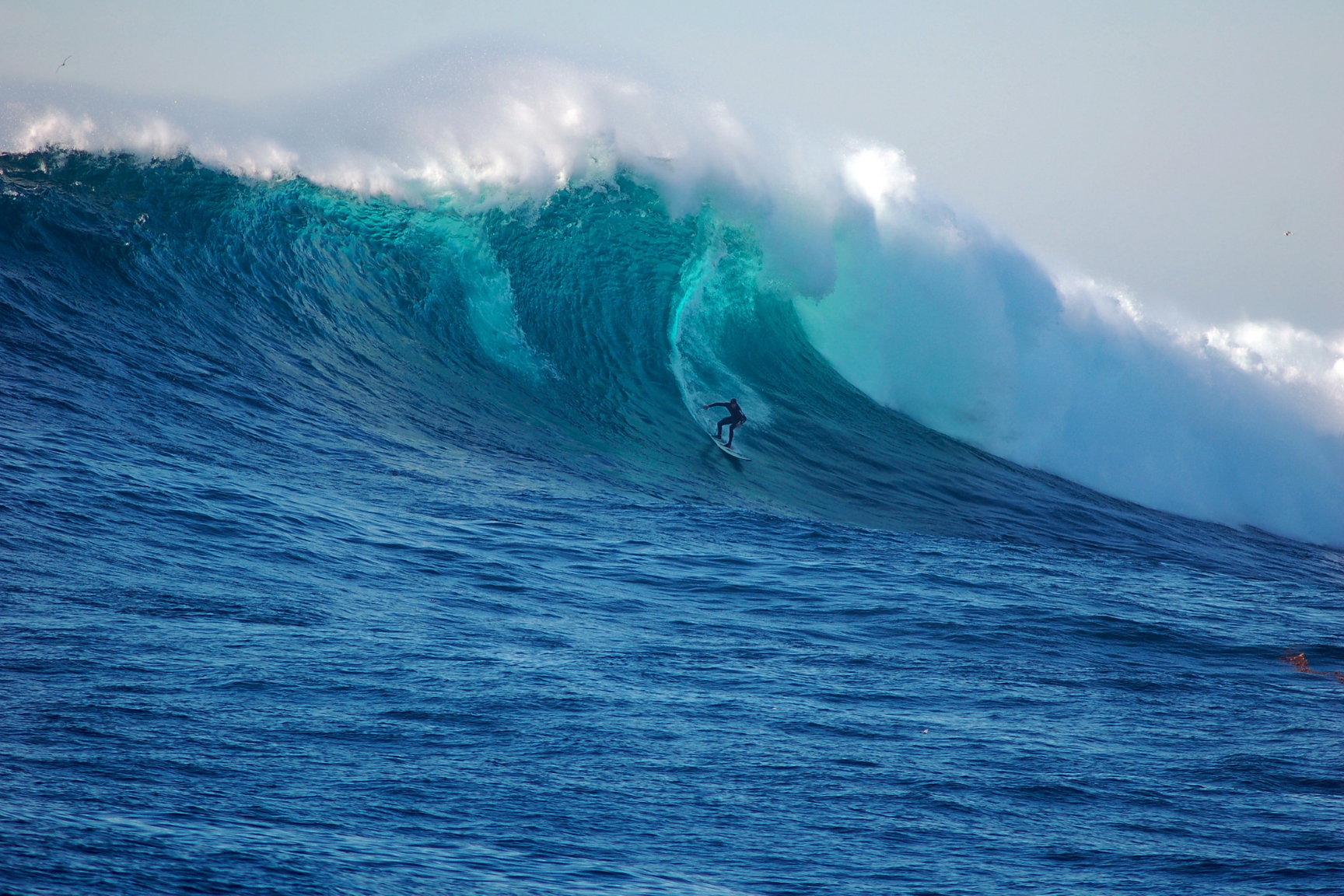Over the years, there have been continuous pressures to convert the gray whale lagoon’s pristine shorelines of Baja California into mega-industrial and tourism development ventures that would obliterate the important ecosystems and wildlife that the region supports. Such pressures paired with climate change are ongoing threats faced by these gentle giants.
WILDCOAST collaborates with local communities and Mexico’s government to ensure the conservation and protection of gray whale nursery habitat along the Baja California Peninsula and offshore waters that are critical for the survival of the species.
Where We Work
Our programs support and protect the beauty, vibrancy, and biodiversity of coral reefs in Mexico and Cuba.
See More Areas483.6
miles of shoreline around gray whale breeding lagoons protected on the Baja California Peninsula
6.3
million acre Vizcaino Biosphere Reserve management plan updated, home of four gray whale breeding lagoons
500
students in Mexico engaged in gray whale education activities in 2020
In the Wild
Check out the latest updates from our blog
